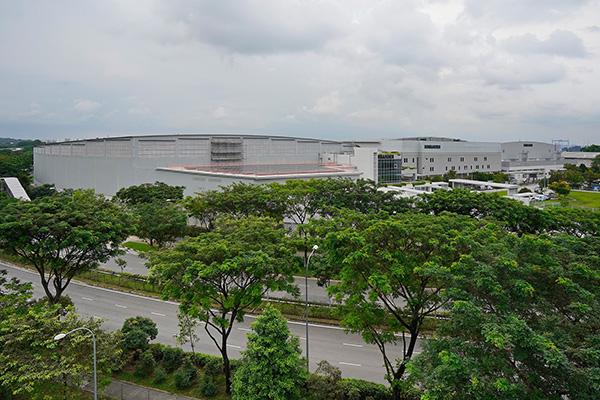
Credit: Bombardier
Bombardier will nearly quadruple the size of its Singapore service center as part of its aftermarket expansion plan. The OEM is investing $85 million in the facility, which it plans to complete late in the third quarter or early fourth quarter, says Chris Debergh, Bombardier’s vice president...
Subscription Required
This content requires a subscription to one of the Aviation Week Intelligence Network (AWIN) bundles.
Schedule a demo today to find out how you can access this content and similar content related to your area of the global aviation industry.
Already an AWIN subscriber? Login
Did you know? Aviation Week has won top honors multiple times in the Jesse H. Neal National Business Journalism Awards, the business-to-business media equivalent of the Pulitzer Prizes.
